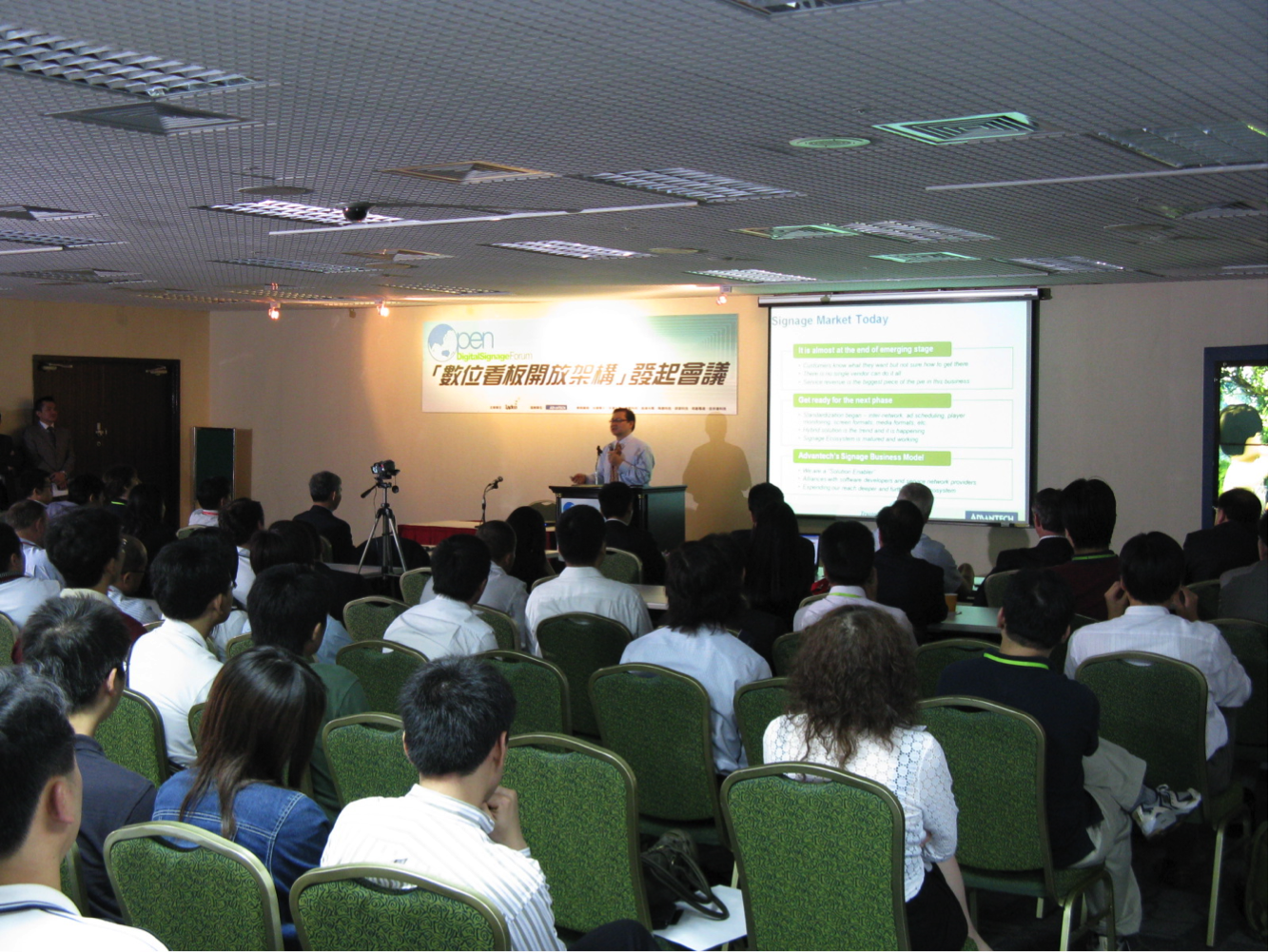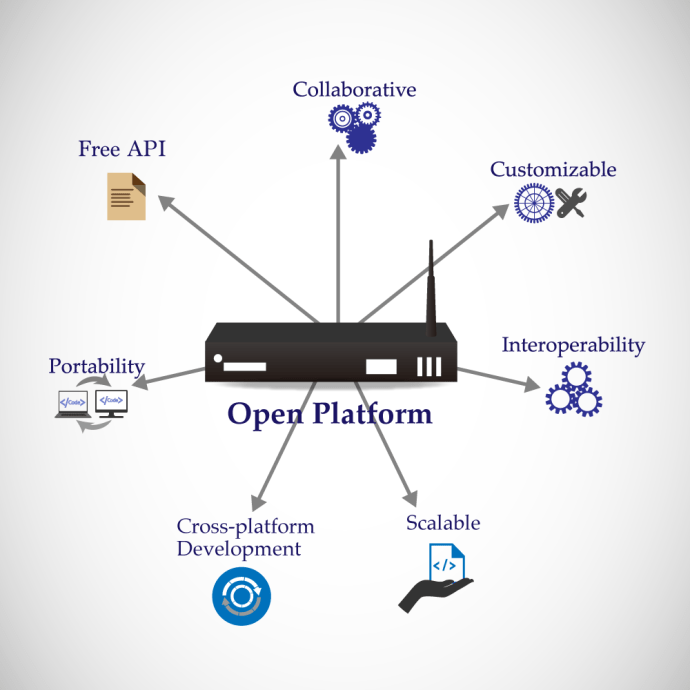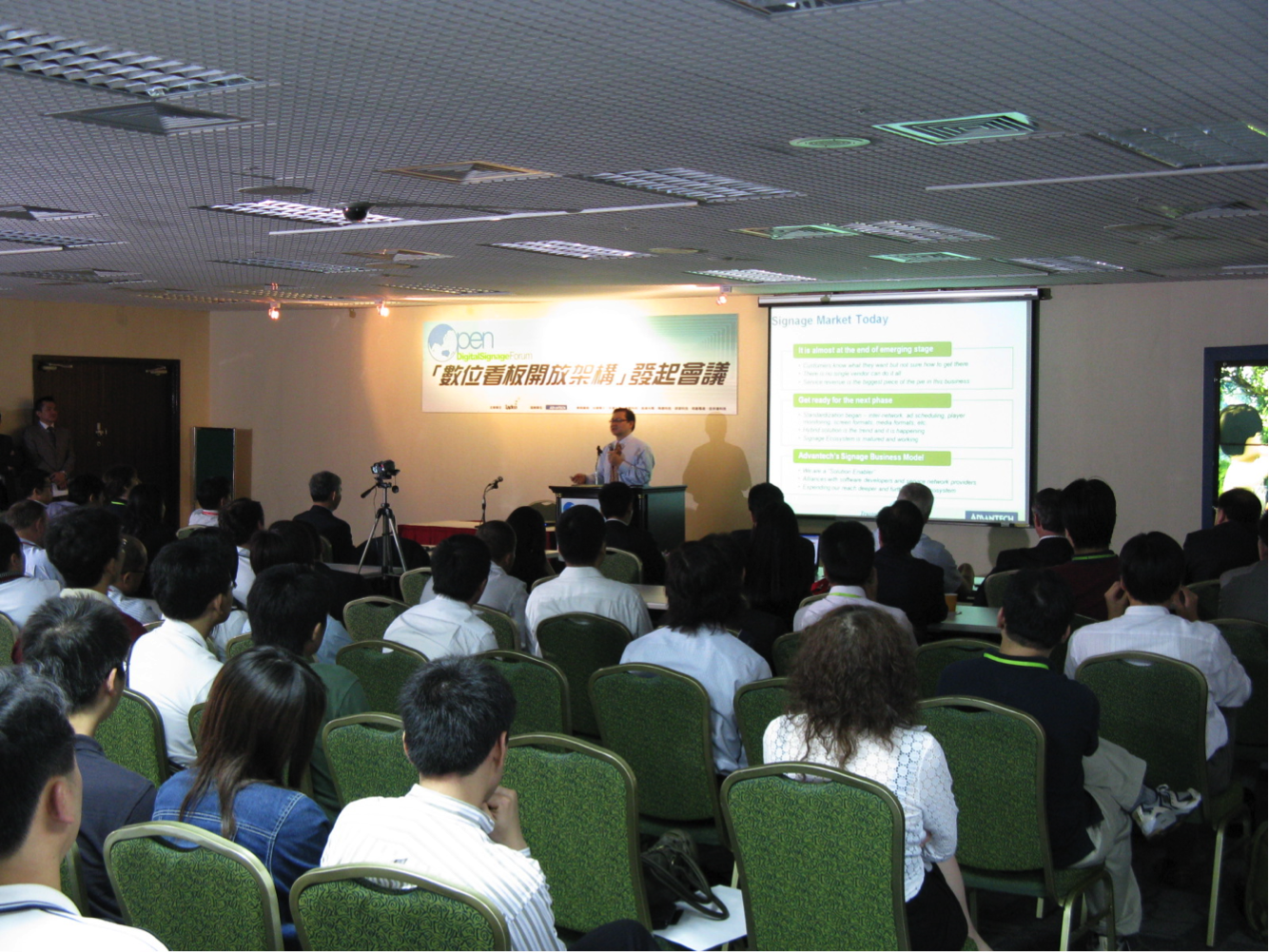
Why Open Digital Signage Is A Competitive Advantage – Part 2
July 9, 2018 by guest author, Jami McGraw

Guest Post: John Wang, IAdea Corporation
In Openness as a Competitive Advantage – Part I, published in March 2018, I shared an example of successfully winning a prominent financial institution client who needed an open platform solution.

John Wang
In that case, the in-house AV/IT crew wanted the ability to perform customizations for business objectives that were unique to the institution. At the time, we were up against a large, if not the largest, pro-AV system provider, a company known for its proprietary approach.
Of course, there are many types of business segments and customer pools in our digital signage ecosystem, with diverse needs and serving different clients of all sizes. That’s why our work is always so intellectually stimulating.
In Part 2, I’ll share insight on how openness will continue to accelerate digital content development, as well as enrich user experience from various industries.
Openness accelerates content development
One of the most successful de facto standards in our industry is the adoption of the HTML5 standard. It was first promoted at the 2008 Open Digital Signage Forum, and subsequently promoted by the World Wide Web Consortium (W3C), by forming its Web-based Signage Business Group near Tokyo in June 2012.

2012 HTML5 Digital Signage Meeting, Japan
Six years later, it is almost impossible to find a digital signage system that does not support HTML5 content.
HTML5 encompasses a family of open technologies: HTML that provides the core content, Javascript that introduces programmability as well as interactivity, and CSS that defines the layout and styling. Together, they enable the integration of information from live data sources, such as social media and management information systems, to generate content automatically without human intervention.
Going forward, digital signage products will compete on their ability to provide the best HTML5 rendering engine. I believe the best products will provide the most up-to-date implementation of the standard, and the option to upgrade the web engine component, so the platform will always bring out the most exciting HTML5 content features.
Openness enriches user experience
Digital signage is often about delivering a unique, personalized visual experience. HTML5 alone does not provide adequate integration across the many IoT sensors and devices that are required to enrich the user journey. I believe a media player with access to the Google Android API enables the most flexible digital signage platform.
Android API comes with the ability to control sensors and peripheral hardware to render sophisticated user experiences. One may program RS-232, light sensors and switches, cameras, smart card/RFID readers and even printers through vendor-supplied drivers and APIs for Android. Made popular by modern mobile devices, the Android operating system provides more choice of devices than iOS and Linux.
One misconception is that Android-based devices tend to lack in performance and security. I beg to differ. The Android core runs native apps at near-optimal speed, while maintaining compatibility across hardware varieties and providing security in a sandboxed environment. Being an open platform also provides users with the freedom to choose from a wide selection of compatible devices. There are ruggedized Android devices specifically designed to meet the performance and security needs of most digital signage projects.
Choosing Android Over Linux
Although Linux, the primary operating system powering the Raspberry Pi, may be considered as an alternative open platform to Android, I recommend choosing Android over Linux. Linux comes in more variations (or “distributions”) than Android. Essentially your content is bound by the distribution you develop for. In this regard, Google’s effort in keeping Android from becoming fragmented like Linux will make your content run consistently across a broader variety of devices, and be ready for future hardware advancements.
I also advise being cautious about the designed environment conditions and service terms on consumer/education-targeted hardware like the Raspberry Pi. Can the devices handle it? This should be a serious concern for anyone looking to deploy at scale.
Conclusion
Creating an open-platform, cross-company oriented ecosystem is an amazing accomplishment for any industry, including our own digital signage industry.
If you have been an advocate of openness, you deserve to be proud, along with your fellow ecosystem members. The ecosystem is all that we have in common, whether or not you are a manufacturer, a software developer or a content provider. Let’s continue to work towards a more open and more competitive space for digital signage.



Do you have any article related to how Android is more beneficial over Linux or Windows?